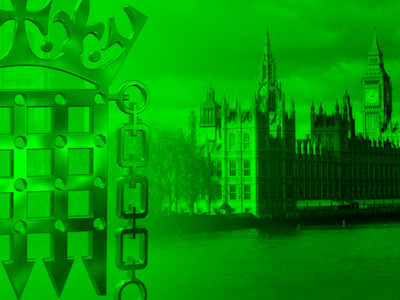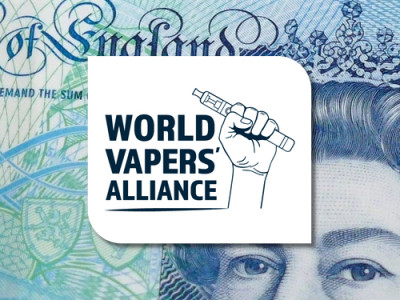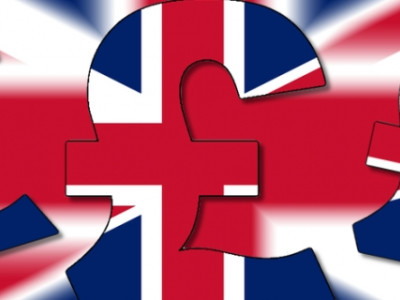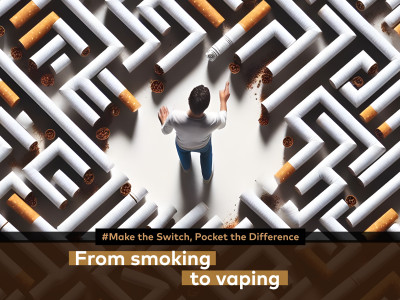The pair make an opening claim that “E-cigarette use is strongly associated with the use of other tobacco products among youth and young adults”, and this gives a good indication of the slant of what is to follow. Given that vaping is touted as a harm reduction quit tool for smokers, the implied link to smoking as if it is a gateway tool indicates a sloppiness of thinking. But, if you were to write off this study, just wait until you read the final conclusion.
On a positive note, they go on to include some very positive comments on the relative safety of vaping. They cite the Goniewicz et al study, stating that toxicant levels are “9-450 times lower than a conventional cigarette”, and the Vicusi study that “estimates lung cancer and mortality risks to be between 100-1,000 times lower for vaping e-cigarettes than smoking traditional cigarettes”.
Unfortunately, this is the point where common sense appears to check out, and the researchers looked for a price-related gateway effect: “We test for evidence of e-cigarettes being a ‘gateway’ to regular cigarette use by evaluating if e-cigarette prices increase or decrease cigarette use.” It defies logic that the pair could conflate the price of vaping with future tobacco use, because they claim to have uncovered “literature that has documented a strong correlation between current e-cigarette use and later cigarette use.”
It should be noted that there is no reliable evidence to support the notion of a gateway effect. And, in the absence of reliable data, the pair cite Jessica Barrington-Trimis, her made-up studies, and the nonsense that comes out of the Centres for Disease Control.
It is a given that the more expensive things become, the fewer people buy or use them. This is known as the price elasticity of demand, an economics measure of responsiveness. The pair rely on data analysis of the same 2015 National Youth Tobacco Survey that lies at the heart of so many other poor studies. Then they made some more guesses:
“We estimate separate price responsiveness for these products since these products may be used along different stages of the e-cigarette initiation trajectory, with more established e-cigarette users likely using refill cartridges that required the previous investment of a rechargeable vaping device.”
If you plough through the data handling of the paper, eventually you arrive at the conclusion: “We find evidence that higher e-cigarette cartridge prices reduce the probability of youth currently using e-cigarettes.” Many will say this could have been stated at the outset.
But then comes the surprise.
Anybody thinking this was another of those bias studies, because it was citing research conducted by pharma influenced academics or those prone to self-promotion, they couldn’t be more wrong. This study shows that it is possible to analyse the breadth of literature (including all of the guff) and still come to a sensible conclusion.
Pesko and Warman state that higher ecig prices drive up smoking rates, especially in males, and that “on a population level, it appears that youth are more likely to use e-cigarettes instead of cigarettes rather than use cigarettes because of e-cigarettes. This suggests that e-cigarettes on the whole are exit ramps rather than gateways into smoking.”
In other words, taxes on vaping are bad and vaping is a one-way street out of smoking.
Dave Cross
Journalist at POTVDave is a freelance writer; with articles on music, motorbikes, football, pop-science, vaping and tobacco harm reduction in Sounds, Melody Maker, UBG, AWoL, Bike, When Saturday Comes, Vape News Magazine, and syndicated across the Johnston Press group. He was published in an anthology of “Greatest Football Writing”, but still believes this was a mistake. Dave contributes sketches to comedy shows and used to co-host a radio sketch show. He’s worked with numerous vape companies to develop content for their websites.
Join the discussion
Parliament Fears Two
The Department for Environment, Food and Rural Affairs faced questions from a Conservative MP and, oddly, a member of the Department for Environment, Food and Rural Affairs
Harm Reduction For The Rich
The United Kingdom risks becoming a harm reduction country only for the wealthy, according to Michael Landl of the World Vapers’ Alliance
Sacrificing Health For 2p Cut
Tory Government alienates vaping voters with its mission to cut tax by an unaffordable 2p to attract voters by placing a tax on vape products in the forthcoming budget
Scotland Announces Single-Use Vape Action
A ban on the sale and supply of single-use vapes in Scotland is due to come into effect on 1 April 2025, under proposed legislation published today












